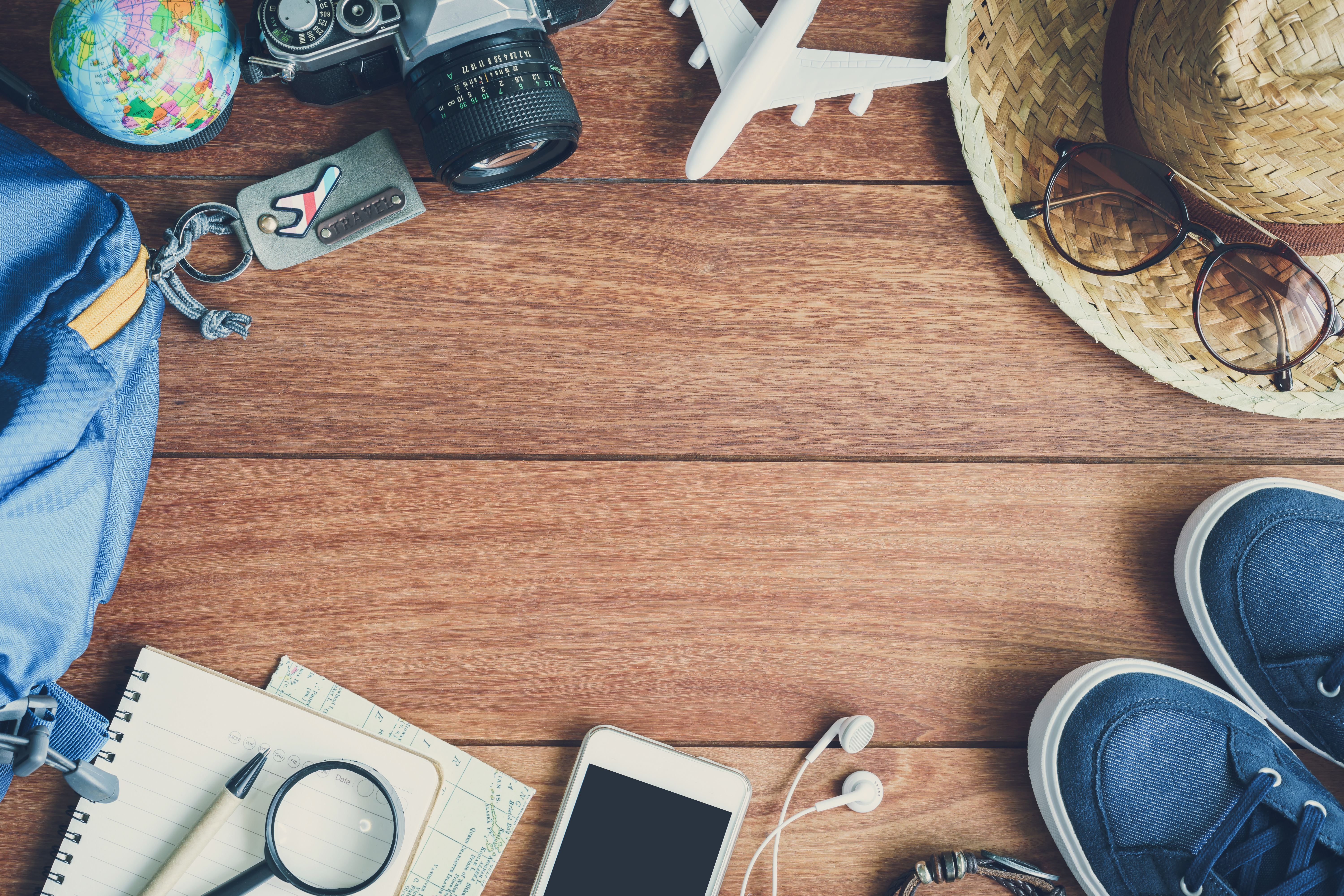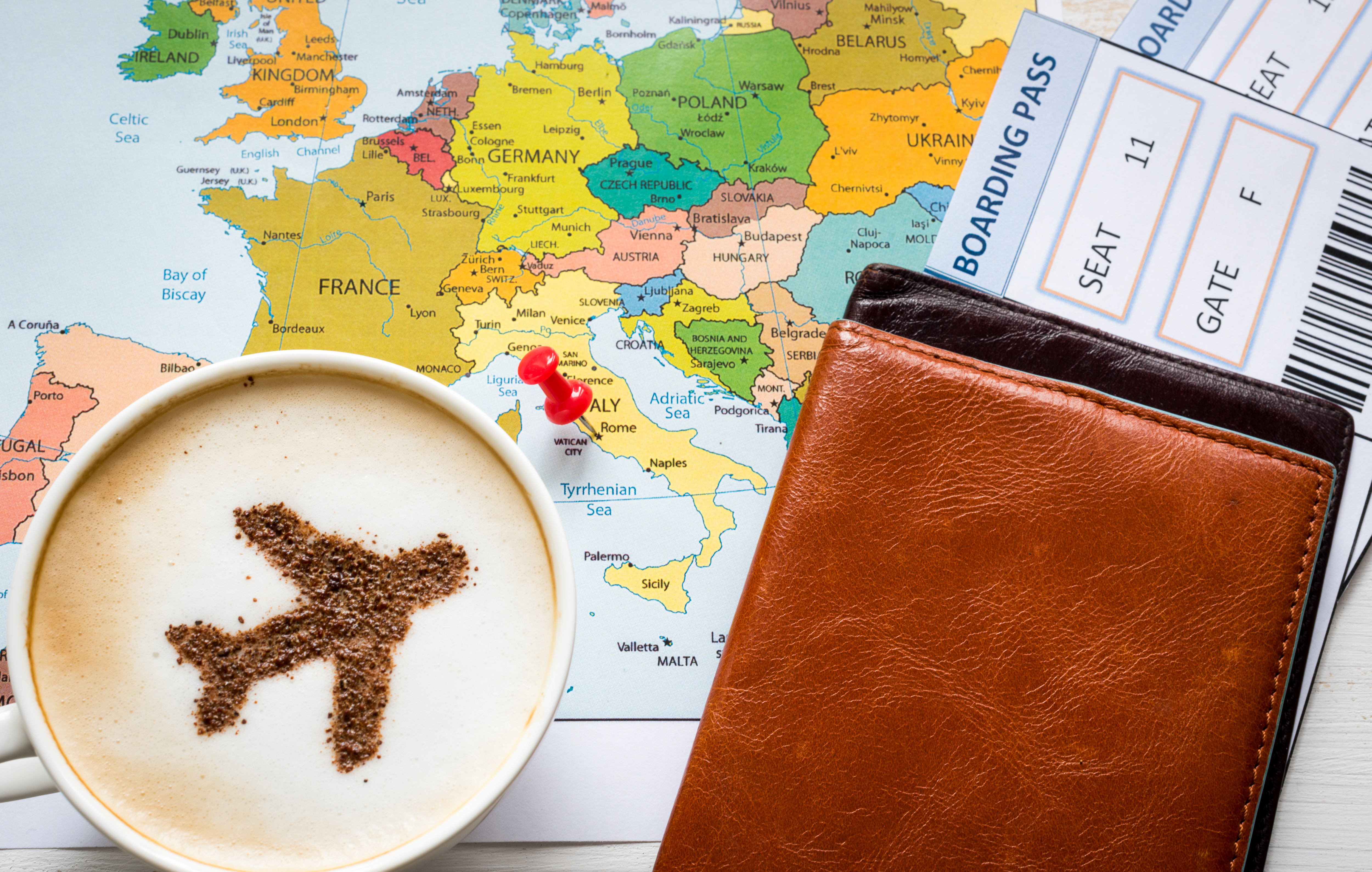
Before you Travel
Planning for the worst might seem stressful, but that’s how astronauts survive travelling out of this world. If you have allergies, it makes sense to plan out your contingencies when you travel outside of your home. Here are some pre-travel tips:
- Know where the closest medical care is available, what it will be, what it will cost, and how to arrange to get there.
- If travelling alone, find out how you would call for help.
When travelling with others, teach them what to do in case of a reaction. Food Allergy Canada has fabulous free online courses available at www.allergyaware.ca.
- Get Travel Insurance. Travel Insurance is not only helpful for medical care in other countries, but also helps in case there are unforeseen reasons you need to cancel or change your flights.
- Learn as much of the local language as possible, especially the terms associated with allergies so that you can recognize what your allergens are called, and explain yourself when you are having a reaction and need help. Hellolingo.com is one free language sharing site, and Duolingo is a great language learning app for your smartphone.
- Make a small business card with your name, picture, and allergens in English and the translations to the local language. I also put pictures on mine when I was travelling where the literacy rate was not particularly high.
- Plan what medications you would bring with you, by speaking with your allergist and your travel doctor if going overseas.
- Plan where you can find safe food/snacks, and call ahead to hotels and restaurants about their food allergy accommodations if possible.
- If you need to bring your own safe food, be sure to check customs regulations about what you can bring, and how much, to avoid your safe food being confiscated.
- If you can, book a hotel room with a kitchen, and find out where local groceries can be purchased.
When you travel by car:
- Bring what you need if you can! In my car have a little emergency stove, water, a camping pot, towels and soap, and dehydrated meals at all times so that I can safely make meals anywhere. I also found a portable kettle, which allows me to use any ceramic mug to boil water. It takes a long time, though…
- Be aware of how far you’ll be from medical care, and whether there are any areas you’re driving through without cell phone coverage. Consider not eating while you are outside of cell phone coverage areas, or as an alternative, find out where the closest emergency pay phones will be, just in case.

When you travel by bus/train/plane/boat:
- Bring your own food with you, and lots of wipes. The wipes won’t necessarily remove allergens, but at least you’ll know your eating area is disinfected.
- Ask when booking for early boarding, so that you can wipe down your seat. Some companies will create an allergy-free buffer zone for you, while others will not. Ask in advance to avoid conflict.
- Often hot water is available on trains & airplanes, so you can bring dehydrated or freeze dried meals on board and make them easily. Sandwiches work well for your outbound journey and you might think about bringing canned food for the way home. Check customs regulations before you make your meal plan; many countries have restrictions on fresh fruits and vegetables, meat and dairy products.
- If you’re heading on a cruise, call the company beforehand and ask about medical care and food accommodations on board the ship. Some companies are really good at accommodating food allergies.
When you travel in the wilderness:
- If you have allergies, it’s probably best if you don’t travel alone. At the very least, have someone who knows your route plan and have regular check-ins so that they know where you are and whether you’re safe.
- Bring some form of emergency beacon, satellite phone, GPS or all three, so that if you should have a reaction, you can get help.
- Bring lots of auto-injectors. Call the local health authorities in advance to find out what they recommend in terms of what you should bring.
Finding safe food in other countries:
- Labelling laws differ between countries! Look out for what regulations are in place.
- Many products change recipes from country to country, so READ THE LABEL EVERY TIME. For example, a popular soda brand tastes different internationally & a UK version of a popular energy drink in Canada contains apple juice.
- It might be safest to cook food from scratch, rather than buying pre-packaged food or eating at a restaurant.
Don’t give up!
Even with multiple severe food allergies, it is possible to travel. Hopefully these tips will help you to get out there, and explore the world!
Happy Travelling,
-Janice
Tags: Janice H., Travel